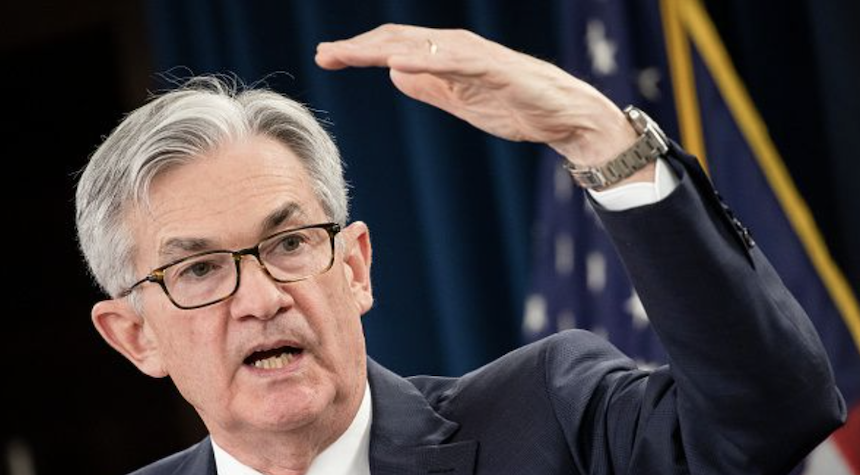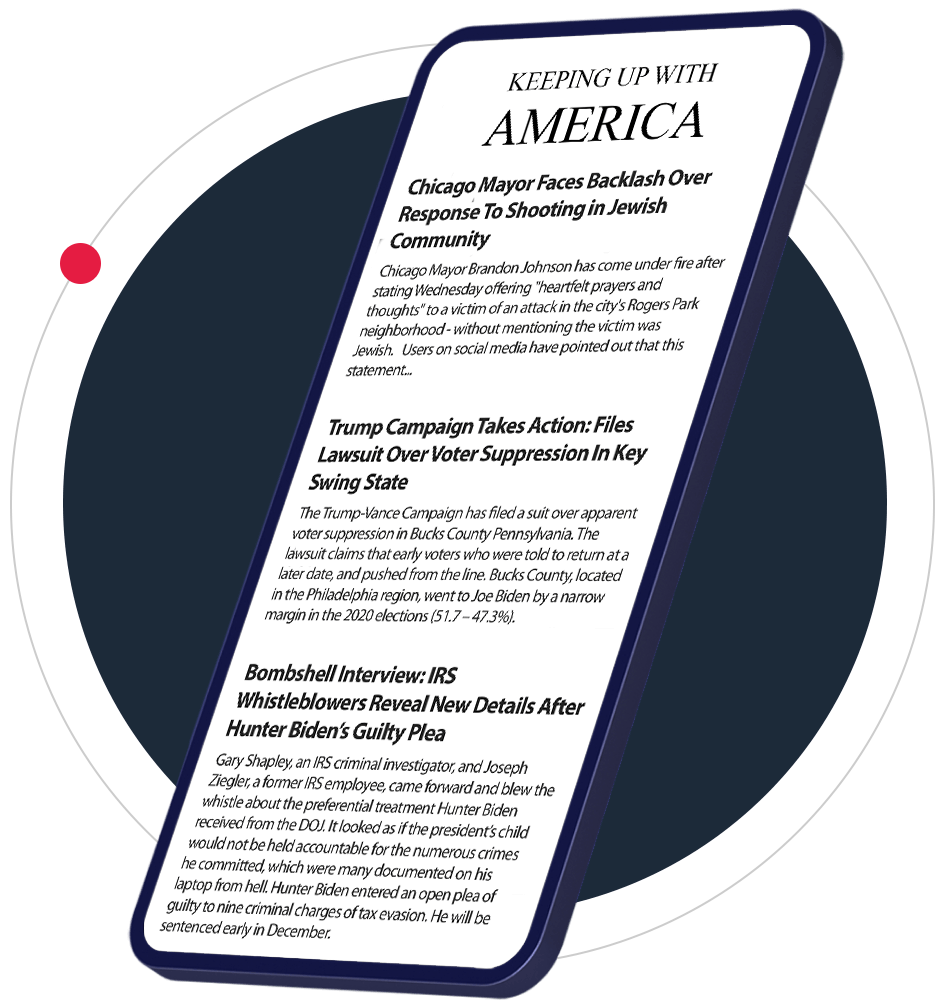According to Mastercard SpendingPulse data released Thursday, holiday spending will surpass expectations in 2024 and exceed customer purchases during the gift-buying period last year.
The end-of-year flex in consumer strength is the latest sign of the resilient U.S. purchasing power that has kept the U.S. economy humming, despite an extended stretch of high rates.
Mastercard SpendingPulse showed that retail sales rose 3.8% between Nov. 1 and Dec. 24, compared to the same period in 2013. Spending grew by 3.8%, exceeding the Mastercard SpendingPulse forecast of 3.2% and outpacing last year’s 3.1% growth. Retail sales exclude automobile purchases.
Michelle Meyer, Chief Economist at Mastercard Economics Institute stated, “Solid spending during the holiday season underscores consumer strength we have observed all year.”
The data revealed that jewelry sales increased more than any other category. They climbed 4% over the last year. The data also showed that spending on electronics and apparel also increased at a steady pace.

Data showed that the biggest shopping boom was online. Spending grew by 6.7% in comparison to the same period last year.
Meyer explained that while the total spending is a reflection of the U.S. consumer’s health, the patterns of purchases indicate a desire for discounts.
Meyer said that the holiday season showed a consumer willing to spend, but also driven by a desire for value. This can be seen in the concentrated spending on e-commerce during promotional periods.
Even with high borrowing costs, the holiday sales growth indicates that the U.S. economic situation has been robust.
The gross domestic product (GDP) grew by a solid 2,8% annualized over the three months that ended in September. This is the latest quarter for which there are data available.
The labor market is slowing but still strong. The unemployment rate is 4.2%, which is historically low.
Nearly three-quarters of U.S. GDP is accounted for by consumer spending.

In the last few months of 2018, the Federal Reserve lowered interest rates by one percentage point. This was a relief to borrowers. Interest rates are still at a historically high level between 4.25% and 4.50%.
Lower interest rates stimulate the economy by making borrowing easier for businesses and consumers, which fuels spending and investment. Interest rate cuts typically have a delayed effect on the economy, so the recent reduction in rates had little impact.
The central bank has predicted that it will cut rates less next year than previously thought. This is a sign of concern about inflation being more difficult to control than policymakers had anticipated just a few short months ago.
At a Washington, D.C. press conference earlier this month, Federal Chairman Jerome Powell said that his willingness to maintain high interest rates was due in part to the strength of the U.S. economy and the shoppers who are driving it.
Powell added: “Consumer spending growth has been resilient.”



